What are four types of integrated circuit?
Introduction:
What are four types of integrated circuit? Integrated circuits (ICs) are crucial components in modern electronics, providing compact and efficient solutions for a wide range of applications. ICs are available in various types, each designed to serve specific functions and purposes. In this article, we will explore the four primary types of integrated circuits and highlight their distinct characteristics and applications.
Digital Integrated Circuits:
Digital ICs are designed to process digital signals and perform logical operations. These ICs utilize binary logic, operating with two discrete states, typically represented as 0 and 1. Digital ICs can perform tasks such as arithmetic operations, memory storage, data manipulation, and logical decision-making. They are widely used in computers, smartphones, consumer electronics, and industrial control systems. Examples of digital ICs include microprocessors, microcontrollers, programmable logic devices (PLDs), and application-specific integrated circuits (ASICs).
Analog Integrated Circuits:
Analog ICs are designed to handle continuous analog signals, such as audio, temperature, or voltage. These ICs focus on amplifying, filtering, and processing analog signals accurately and efficiently. Analog ICs are commonly used in audio and video equipment, communication systems, sensors, and measurement devices. Some examples of analog ICs include operational amplifiers (op-amps), voltage regulators, analog-to-digital converters (ADCs), and analog switches.
Mixed-Signal Integrated Circuits:
Mixed-signal ICs combine both digital and analog circuitry on a single chip, enabling the processing of both digital and analog signals in a seamless manner. These ICs provide the interface between the digital and analog domains, facilitating communication and conversion between the two. Mixed-signal ICs are used in applications such as data converters, telecommunications, signal processing, and sensor interfaces. They can be found in devices like smartphones, medical equipment, automotive systems, and industrial control systems.
Memory Integrated Circuits:
Memory ICs are specialized ICs designed to store and retrieve data. These ICs can be classified into two main types: volatile memory and non-volatile memory. Volatile memory, such as random-access memory (RAM), requires power to retain data. Non-volatile memory, on the other hand, retains data even when power is removed, making it suitable for long-term data storage. Examples of memory ICs include dynamic RAM (DRAM), static RAM (SRAM), flash memory, and electrically erasable programmable read-only memory (EEPROM). Memory ICs are widely used in computers, smartphones, digital cameras, and other devices requiring data storage and retrieval.
Conclusion:
Integrated circuits play a crucial role in modern electronic systems, providing compact and efficient solutions for various applications. The four primary types of integrated circuits—digital, analog, mixed-signal, and memory—serve distinct functions and cater to different needs. Digital ICs process digital signals and perform logical operations, analog ICs handle continuous analog signals, mixed-signal ICs combine digital and analog circuitry, and memory ICs store and retrieve data. Understanding the characteristics and applications of these four types of ICs helps in choosing the right components for specific electronic designs and applications.

















